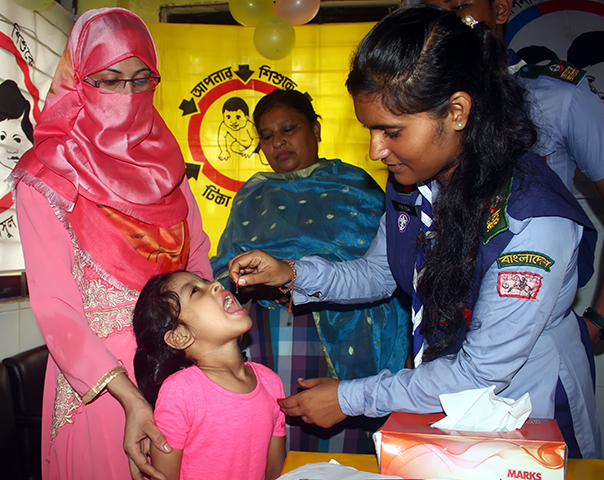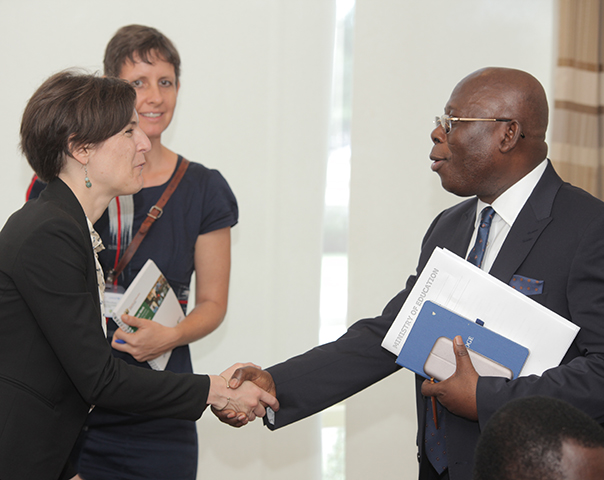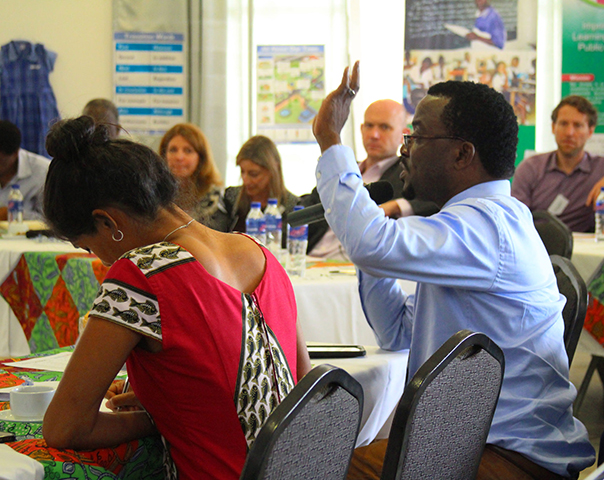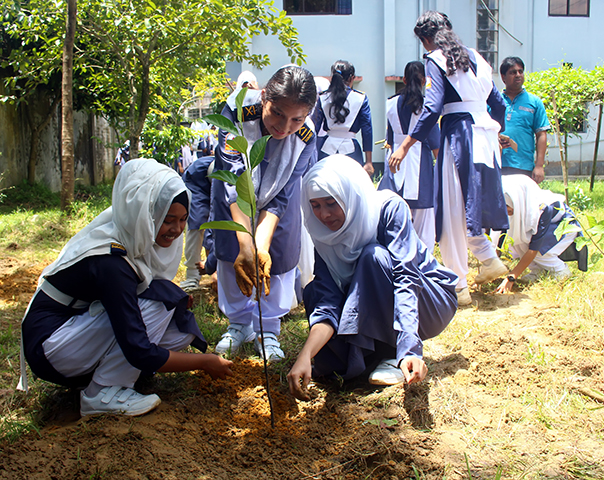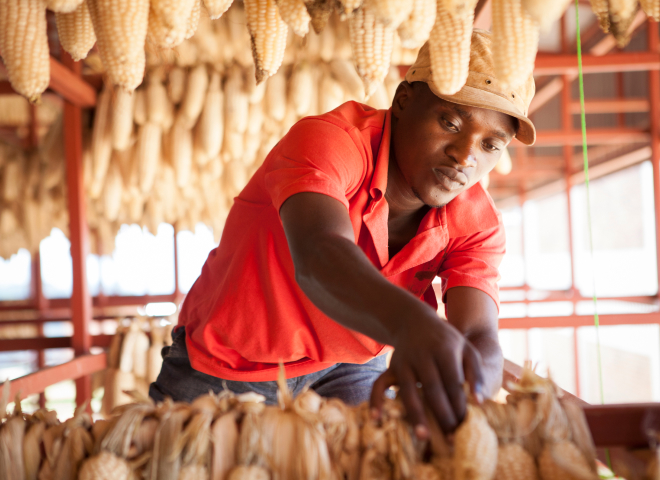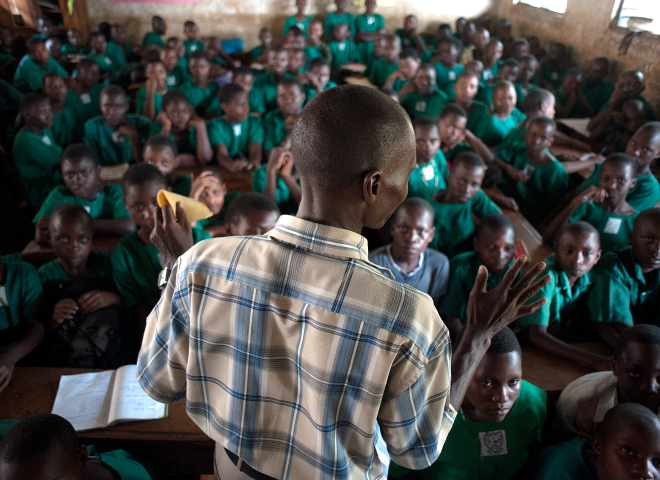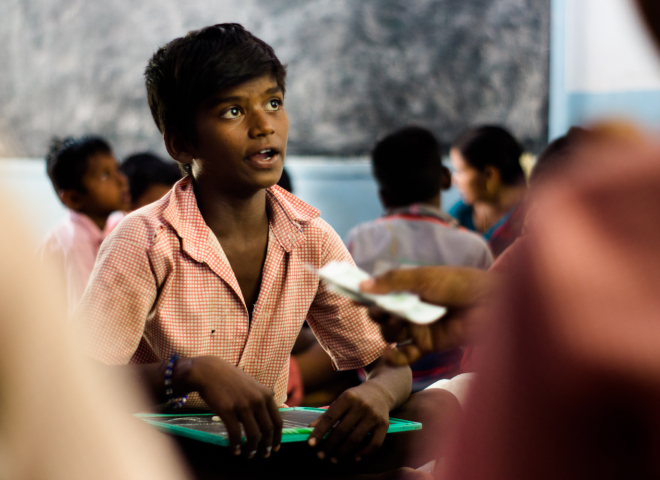The Impact of COVID-19 on Children’s Learning and Development in Ghana
Researchers
J. Lawrence Aber; Elisabetta Aurino; Jere R. Behrman; Edward Tsinigo; Sharon Wolf
Abstract
The COVID-19 pandemic and the associated social and economic downturn are undermining children's educational and developmental outcomes, particularly in low- and middle-income countries. Leveraging an on-going longitudinal study, researchers in Ghana conducted phone surveys and other research activities to measure the pandemic’s repercussions on children’s education and broader developmental outcomes.
Researchers in Ghana have conducted a study to measure the impact of COVID-19 on children’s educational and developmental outcomes. Building on the Quality Preschool For Ghana (QP4G) study, which surveyed 5-year-old children (now aged 10-12), their parents, and their teachers over a five-year period, they conducted the following activities:
- Regular phone surveys with 2,048 caregivers to track the pandemic’s effects on livelihoods, food security, children’s health/nutrition, and children’s participation in remote learning and in learning activities as schools reopened.
- Three additional surveys with 514 teachers to obtain their insights on distance learning, return to school, livelihoods, and food security.
- One phone survey with 1,844 children to assess remote learning and other child development outcomes during school closures.
Additionally, researchers will use a child and parent direct assessment, planned for the summer of 2021 school year, as well as the prior rounds of data, to examine the effects of the crisis on educational outcomes and inequalities. Considering that the QP4G study will follow children, parents, and teachers for two additional years, researchers will also measure the pandemic's medium-term impact on children's learning and well-being.
Project Outcomes of Interest
Access to remote learning resources, student test scores, student food security,
Partners
Engineering and Physical Sciences Research Council
Impact Goals
- Keep children safe, healthy, and learning
Project Data Collection Mode
- CAPI (Computer-assisted personal interviewing)
Results Status
Results
Results
Half of the schools offered remote learning activities. While private schools offered more personalized learning opportunities, public schools promoted government programs on television and radio. Fifty-three percent of public school teachers and 56 percent of private school teachers stated that their schools offered remote education activities. Private schools offered students more individualized distance learning materials and communicated directly with families through online classes or instant messages. Public schools were more likely to give assignments to their students through hard-copy materials and encourage participation in government educational television and radio programming.
Private school students had more access to remote learning resources,including electricity (95 percent vs. 89 percent), school textbooks (82 percent vs. 72 percent), television (79 percent vs. 70 percent), reading materials (75 percent vs. 68 percent), and space for learning (66 percent vs. 54 percent). Private school students also received more support from their caregivers: twelve percent of private school students said they received no support from their caregivers during remote schooling, compared to 19 percent of public school students. The type of support also varied by type of school. For example, private school students were 13.8 percent more likely to have a tutor.
Students with disabilities were likely more affected by school closures than other groups. Seventy-four percent of teachers were dissatisfied or very dissatisfied with the accessibility of TV and radio distance learning for children with disabilities. Likewise, 65 percent of caregivers indicated that either distance learning and/or education resources provided by the school were not accessible for children with disabilities.
School closures impacted children's food security. On average, 30 percent of students claimed they experienced hunger in the last 30 days. The effects were greater among students with low socioeconomic status, among public school students, and among boys. Additionally, 6 percent of public school children missed daily lunches delivered through the Ghana School Feeding program.
Private school students and students with high socioeconomic status had higher test scores at the end of the school closure period compared with their public-school counterparts. Even after controlling for previous numeracy and literacy scores, private school children outperformed their public school peers by about one-third of a standard deviation. Likewise, students from high socioeconomic status households experienced similar increases in both literacy and numeracy scores. Children from food-insecure households had significantly lower scores than those from food-secure households.
Further results on the child and parent direct assessment are forthcoming.





